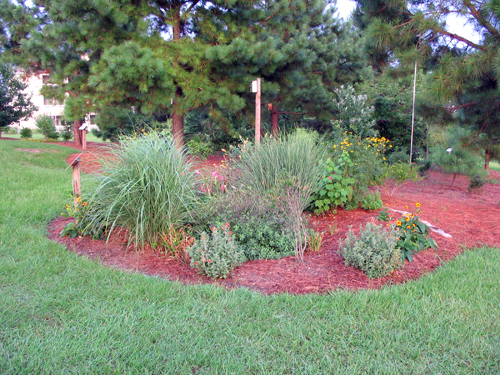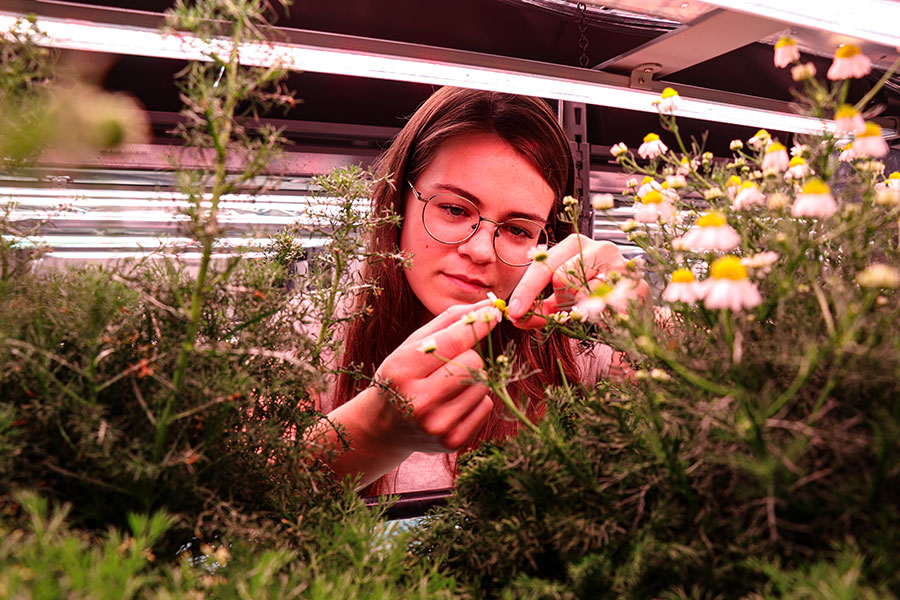It’s raining in Georgia, and it doesn’t seem like it’s going to stop. Instead of the drought levels and watering restrictions of years past, Georgians are now dealing with a yard-flooding abundance of rainfall.
That standing water can be a good thing, as long as it’s not pooling against a home’s foundation or causing mosquito problems, said University of Georgia water expert Frank Henning.
“When water pools, it’s soaking into the ground; and sediment and other pollutants that are carried in runoff are filtered by the soil,” he said. “It’s doing a lot of environmental services, like cleaning, storing and cooling water that would otherwise discharge directly into streams.”
And Georgia’s got a lot of water that runs directly into streams. Concrete, rooftops, asphalt and scalped land all contribute to water problems, even just a seemingly surface issue like erosion.
“One of the most expensive things [for municipalities] to get out of drinking water is sediment,” said UGA Cooperative Extension coordinator Steven Patrick.
And a lot of sediment is soil that washes away from lawns, gardens, fields and stream banks when it rains.
Good-bye, dirt
Habersham County, where Patrick works, has seen a spurt of development in the past few years. With people moving up from Atlanta and Florida, builders have met their housing needs by scraping land and building homes.
“Basically, our homeowners get left with bare clay and a new house,” he said.
Regulations that require Atlanta-area developers to plant grass and shrubs don’t apply as stringently in the north Georgia mountains. New homeowners often find themselves with a new house, annual rye, no woody cover and the challenge of growing a landscape from scratch.
Patrick teaches his county’s residents how to reestablish their yards with plants and grasses that will survive in that part of the state. But he sees a lot of water rush straight into streams before those lawns are established.
“If people took care of their own yards individually, you wouldn’t have the big storm water surges on creeks and rivers,” he said.
Water management
Henning, who is an EPA Region IV Liaison for the UGA College of Agricultural and Environmental Sciences, said the best way to deal with waterlogged lawns and gardens is to plan for that water.
One suggestion involves something called a vegetated swale. It’s like a ditch, only wider, shallower and greener. Swales infiltrate the water from small rain events so there isn’t any runoff. They also slow, filter and divert runoff from larger events without causing erosion.
Another option is to install a rain garden. A depressed area in the landscape, a rain garden is designed to collect, store and infiltrate water without providing habitat for mosquito breeding. Rain gardens follow many of the same concepts as swales. However, they may include an overflow outlet that allows water to exit the garden if the level gets too high and an underground drain that reduces the amount of time that water ponds.
Mulch and ponds also help harvest rainwater and prevent downstream flooding. Mulch allows water to filter into the soil and helps prevent evaporation in times of drought. Ponds provide places for wildlife to gather and vegetation to grow.
Landscaping for low areas is another creative solution, Henning said. With the proper combination of plants, a boggy area or wetland can be an attractive landscape feature.
“Embrace those areas, and celebrate the diversity in your landscape,” Henning said. “You’ll have less mowing and something different in your yard.”
Whatever the conditions, Henning said to remember the neighbors, even the ones with fins and gills: “Capture and infiltrate rainwater instead of quickly delivering it downstream in a pipe."
For more information on rain gardens, visit http://pubs.caes.uga.edu/caespubs/pubcd/EB-101/EB-101.html.









